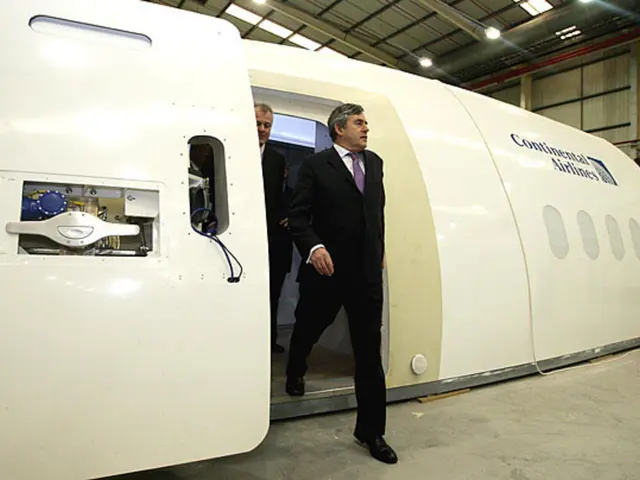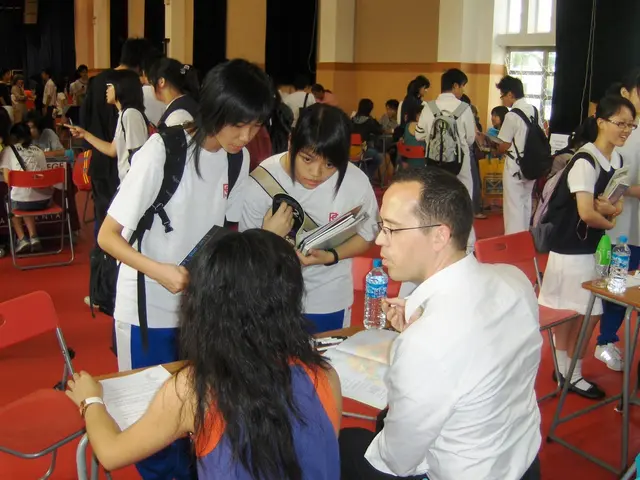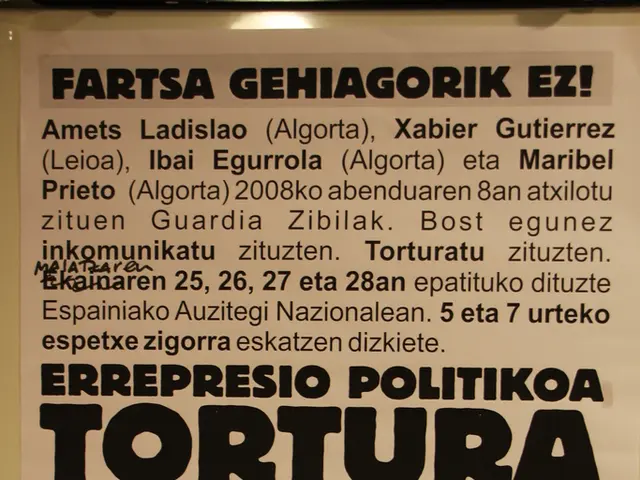Children develop their own comprehension by experimenting and reflecting on their experiences, following the educational theory of constructivism.
In a child's cognitive journey, every encounter and observation serves as a building block for understanding. Jean Piaget, a Swiss psychologist, proposed this constructivist theory, asserting that learning is not a passive process but an active one. Children construct their knowledge based on experiences, integrating new information with prior understanding.
At Museo dei Bambini, the learning environment resonates with this theory. The exhibits are designed to encourage children to actively build meaning, promoting trial and error, exploration, and self-reflection.
Constructivist Learning: The Core Concept
Constructivism posits that children don't merely receive knowledge; they actively participate in making sense of the world. Learning occurs during encounters with unexpected events, comparisons with existing knowledge, and subsequent reconstruction of understanding based on these experiences. This process is often non-linear, involving multiple attempts, revisions, and corrections.
While social constructivism emphasizes learning through collaboration, Piaget's constructivism focuses on learning from within, based on personal discovery.
The Science Behind Constructivist Thinking
Research indicates that when students engage with challenging problems before receiving direct instruction, they develop deeper conceptual understanding and enhanced problem-solving skills. A study in the Educational Psychologist found that students who initially struggled with problems without immediate guidance performed better in subsequent learning phases compared to those who received direct instruction from the outset.
Constructivist learning environments, which emphasize student-centered, inquiry-based instruction, have been shown to foster critical thinking and metacognitive skills. A review in the British Educational Research Journal concluded that these methods effectively improve student learning outcomes by promoting active engagement and self-regulation.
Importantly, constructivist learning is about structured freedom, providing children with the space to explore while offering support and guidance.
Constructivism in Action at Museo dei Bambini
Museo dei Bambini features exhibits that encourage active learning through experimentation and discovery. These aren't passive displays; they are laboratories for personal learning.
Cause & Effect: Trial, Error, and Perseverance
This exhibit offers a collection of everyday objects and invites children to create chain reactions. There's no single solution. Children are encouraged to ask, experiment, and adjust, leading to real insights about motion, force, and time.
Chaos Wheel: The Unpredictable and the Pattern
The Chaos Wheel, with its unpredictable spinning objects, teaches children that some systems are sensitive to even tiny changes. Instead of succumbing to frustration, they begin to notice patterns, adjust expectations, and embrace variability.
Kinetic Jams: Learning from Setbacks
In this setup, children create motion sequences by connecting various mechanical parts. Successes and failures are both learning opportunities, reinforcing the importance of precision, alignment, and problem-solving.
Wind Tunnel: Hypothesizing and Iterating
Children experiment with different shapes, materials, and weights to send objects into a strong upward airflow. The results teach them about air pressure, lift, and form, encouraging inquiry and experimentation.
Spin to Life: Learning through Collaborative Systems
This exhibit lets children control a circular ecosystem. As they adjust one system, others are affected, sometimes in unexpected ways. The more they play, the more they realize that systems are interconnected, fostering an intuitive understanding of environmental science and balance.
The Impact on Education and Parenting
"Constructivist learning can appear messy," says Paolo Greco, an educational psychologist who works with interactive science centers. "But it's in that mess that real thinking happens. Children learn when they're trying, not when they're just watching."
At Museo dei Bambini, facilitators encourage active exploration and reflective thinking, asking questions rather than providing answers. This approach fosters curiosity, perseverance, and a deeper understanding of concepts.
Parents often note that children engage with museum exhibits long after they leave, carrying their learning experiences with them. Parents who embrace open-ended questions, celebrate mistakes, and provide materials that encourage exploration can support children's constructivist learning at home.
The Enduring Relevance of Constructivist Learning
In a rapidly evolving world, constructivism encourages children to slow down, think, and learn from experience. It teaches them to approach problems, test ideas, revise plans, and try again-skills essential for lifelong learning.
For more information on constructivist learning, Piaget's theories, productive failure research, and child-led learning, refer to the resources listed below.
Further Reading
Jean Piaget – Constructivist Theory Summary
Productive Failure Research – Springer
Constructivism in Early Childhood – Educational Psychologist
Child-Led Learning and Problem Solving – Wiley
- At Museo dei Bambini, exhibits like Cause & Effect, Chaos Wheel, Kinetic Jams, Wind Tunnel, and Spin to Life, offer children the opportunity to learn through trial and error, exploration, and self-reflection, encouraging active learning, inquiry, and constructivist thinking.
- In constructivist learning environments such as Museo dei Bambini, where learning is about structured freedom, children not only have the space to explore but also receive support and guidance, fostering curiosity, perseverance, and a deeper understanding of concepts, even long after they leave the museum.








